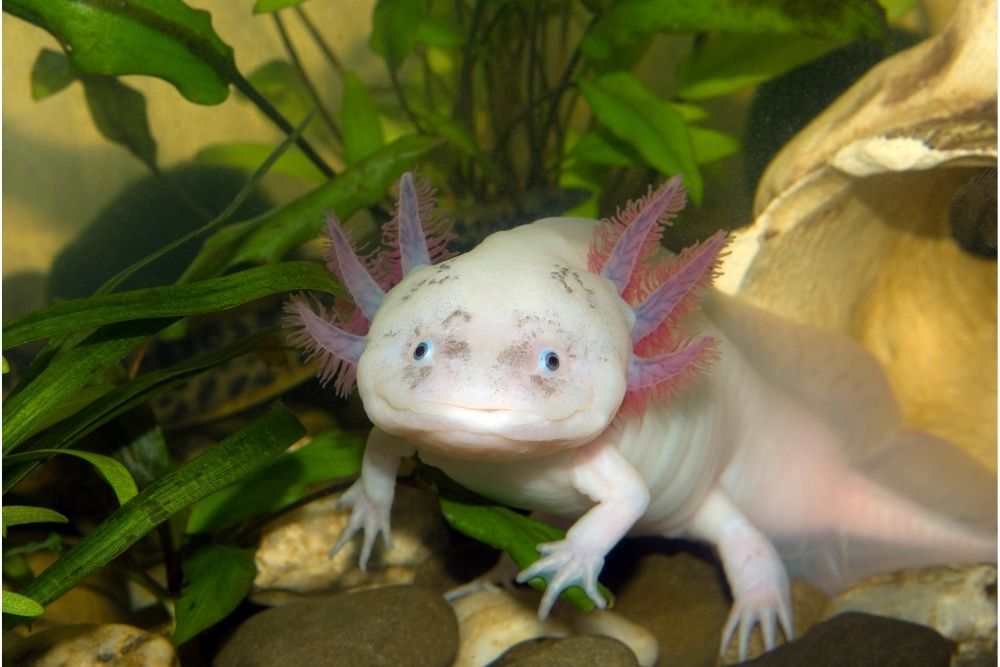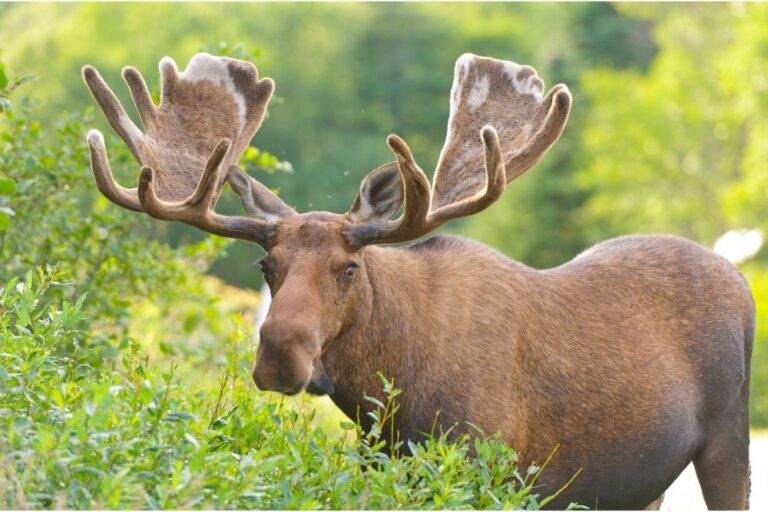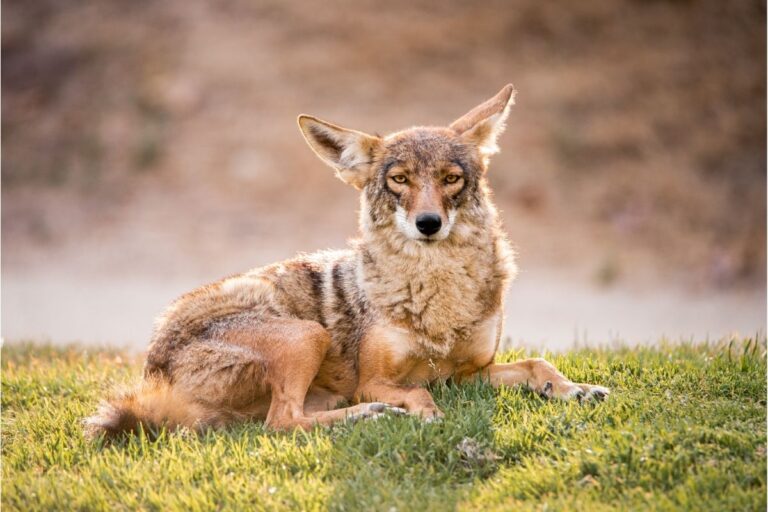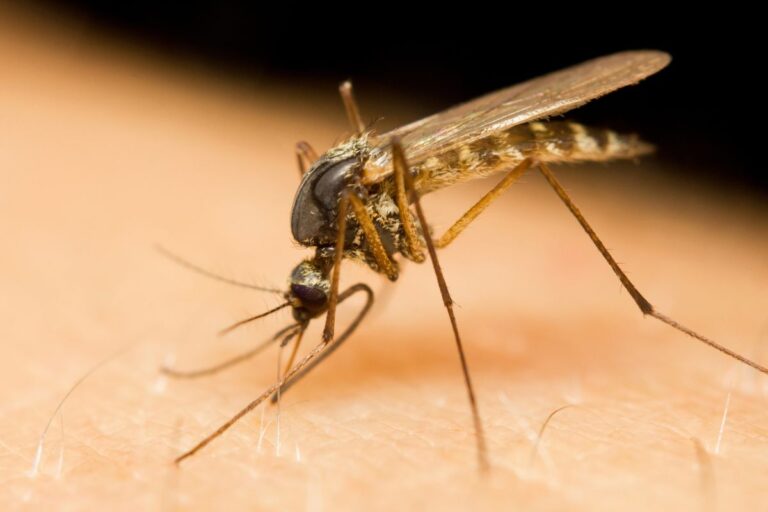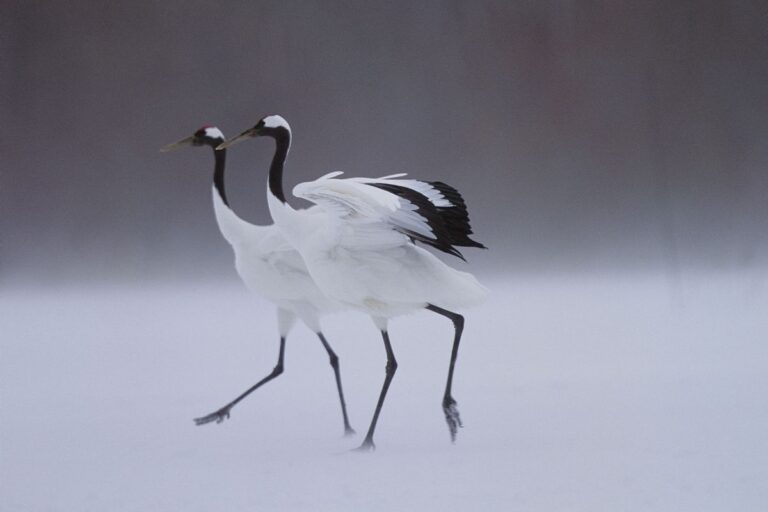What Do Axolotls Eat?
Last Updated on December 27, 2021 by
In the modern world, there are a great many animals that have been domesticated by humanity. Some of these are big, like horses or dogs, while others remain small, like cats or rabbits.
However, the sheer variety of animals available and humanity’s never-ending love for an animal companion has given rise to a set of unique and wonderful creatures that people have become enamored by, some beloved by many, others a niche pet for those with great skill, and others still appreciated from a distance.
I can think of multitudes of animals for each of these groups: dogs and cats for number one, chameleons and hedgehogs for number two, and spiders for number three.
However, I can only think of one animal that fits all three, and that is the axolotl.
What is an axolotl?
An axolotl is an unusual, little creature that comes from the lakes that surround Mexico City. It is part of the amphibian family, along with frogs and toads, and it is actually a salamander, with its closest living relative being the tiger salamander.
Almost all amphibians go through several stages of metamorphosis, much like insects, they will start with an egg laid in water that will hatch into tadpoles. Tadpoles are the aquatic larvae form of the amphibian with external gills, they are mostly vegetarian and spend their time eating and growing.
As time passes, they will gain internal gills and limbs, and as more time passes, they grow a larger mouth, a tongue, lungs, and front legs, while losing their gills. Internal biology will also change, with their eyes becoming more complex and their blood changing.
Finally, most become insectivorous and terrestrial, completing the change.
This is not the case with the axolotl. The axolotl will reach its adult form before completing its final metamorphosis, making them a very unique creature.
They gain some features, such as a large mouth and limbs, but keep others that normally they would lose, like external gills and a tail. Not only that, but these little amphibians are known as masters of regeneration, being able to regrow limbs, gills, eyes, and even their brains.
People have known of their existence for millennia, with Native Americans selling them as street food in the past. Even today, their existence fascinates and astounds, not only people on the street, but scientists as well who use them extensively for research and study due to the extraordinary abilities this little salamander has.
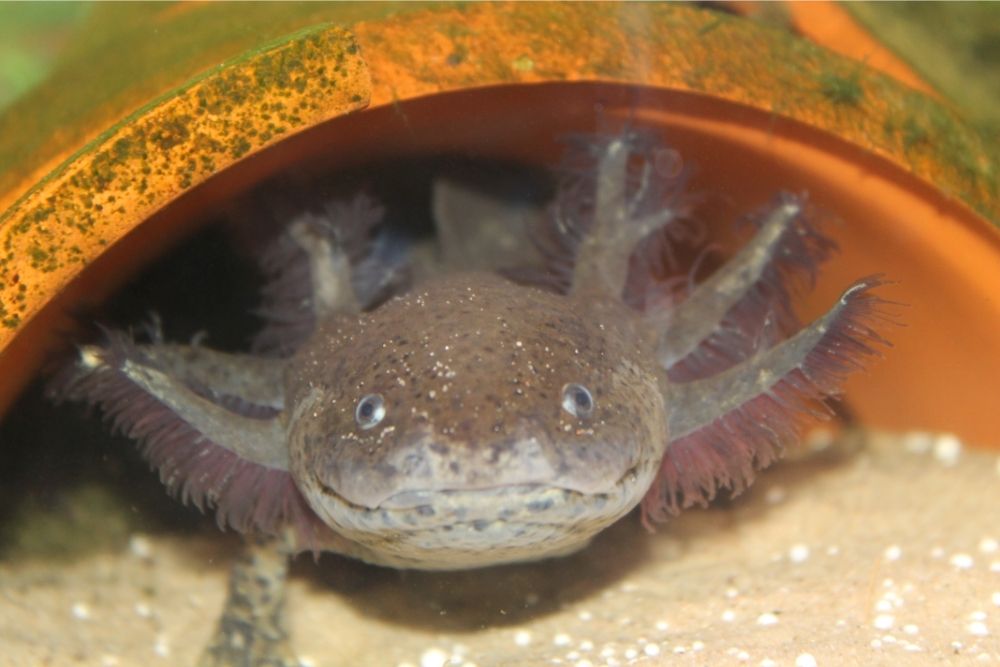
What do axolotls eat in the wild?
Now that we have established what an axolotl is, it is time to talk about their natural diet. Living only in two lakes in the entire world, specifically next to Mexico City, you would think their diet would be more specialized. But these small amphibians actually have quite a varied diet.
By nature, they are carnivores and subsist on whatever food they can get their jaws around. Animals they have been known to eat are a selection of different insects, including crickets and beetles, mollusks, including snails and slugs, small crustaceans, including shrimp and small crabs, worms, larvae, frog tadpoles, little fish, and even other small salamanders.
This lack of a specialized diet means that the axolotl would probably eat whatever meat was available and floating by if it can get its jaws on it.
The jaws of an axolotl seem to dictate what it can and can’t eat, as they only have simple teeth. These teeth can only grasp without the ability to bite or chew, instead, the axolotl feeds by grasping their food and sucking water into their mouths pushing the food down their throat.
The lack of any real chewing or biting power limits the axolotls feeding to whatever it can fit in its mouth and swallow whole. However, with the variety of different menu options available to it, the axolotl doesn’t need to worry about what it can’t eat, only when its next meal will come along.
What can axolotls eat in captivity?
I imagine a lot of people with pet or captive axolotls don’t live near Mexico City or don’t have the option of purchasing the exact animals an axolotl will eat in one of the lakes near there. However, due to the diversity of a wild axolotl’s diet, we can make a list of similar and healthy foods, so your little buddy won’t go hungry.
The best thing to do is go for approximate sources, earthworms are a good place to start. Since axolotls eat worms in the wild, the only difference and potential problem is where they come from, as earthworms can be subjected to the pesticides or fungicides we use in our gardens or on our farms.
Therefore, it is important to get earthworms from an organic source where no chemicals have been sprayed.
Another good source would be water-based insects and crustaceans, with shrimp, daphnia, and different kinds of larvae being easy to get your hands on.
However, like the earthworms, these carry potential problems in the form of parasites that the axolotl has no resistance to. The best way to solve this is to breed or grow your own animals from the eggs or from a good source that has not had contact with fish. This way you can ensure that parasites or diseases are not transmitted and, therefore, can’t hurt your little buddy.
Finally, if you can’t source or grow any of these food sources, then the best place to go is a specialized pet store. Even if they do not have what you are looking for, their knowledge and experience could help you get the right tools for the job.
Final Thoughts
Axolotls are unique and bizarre creatures that exist in our world, yet they are still wonderful and cool on so many levels.
Despite their many quirks, they are surprisingly easy to feed, once you know what they eat in their native habitats you can easily substitute out replacements that will keep them happy and content.
With this article, I hope that you – and your little salamander – find the answers you are looking for.

